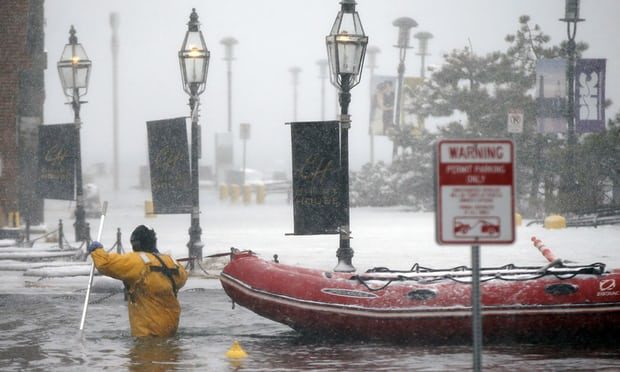
The 2017 State of U.S. High Tide Flooding and 2018 Outlook found more than one-fourth of coastal locations studied broke records for the most high-tide flooding days ever recorded during the 2017 meteorological year - May 2017 through April 2018. On average, the 98 coastal areas studied by NOAA reported coastal "sunny day" flooding in six days during the meteorological year, meaning the weather was hardly the driving factor behind these inundations.
"As relative sea level increases, it no longer takes a strong storm or a hurricane to cause coastal high tide flooding," said a NOAA release. "High tide flooding causes frequent road closures, overwhelmed storm drains and compromised infrastructure."
Along the Southeast's Atlantic coast, the rate at which these sunny-day floods have increased is even more blistering. NOAA's report found high-tide flooding in this part of the U.S. has increased 150 percent since 2000 alone.
The NOAA report also projected high-tide flooding in 2018 to be 60 percent worse than normal rates from two decades ago; the report blames sea level rise as a long-term factor and a possible El Niño later this year as a short-term influence.
Experts agree the report is yet another sign that it's time to develop serious solutions to fight back the rising sea.
"We need to take this report as a warning to prepare ourselves, or we will just sit around and wait for disaster to happen," Andrea Dutton, a geologist at the University of Florida, told the Guardian.



Reader Comments
to our Newsletter